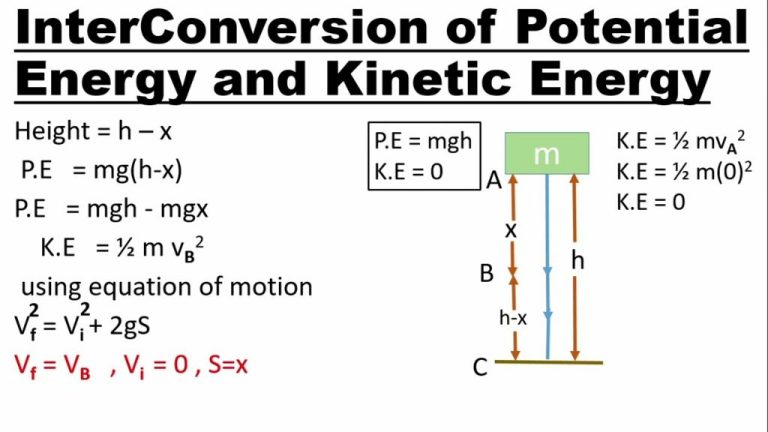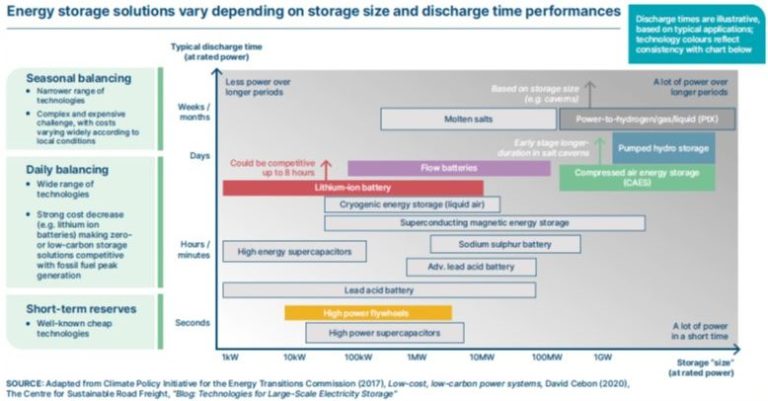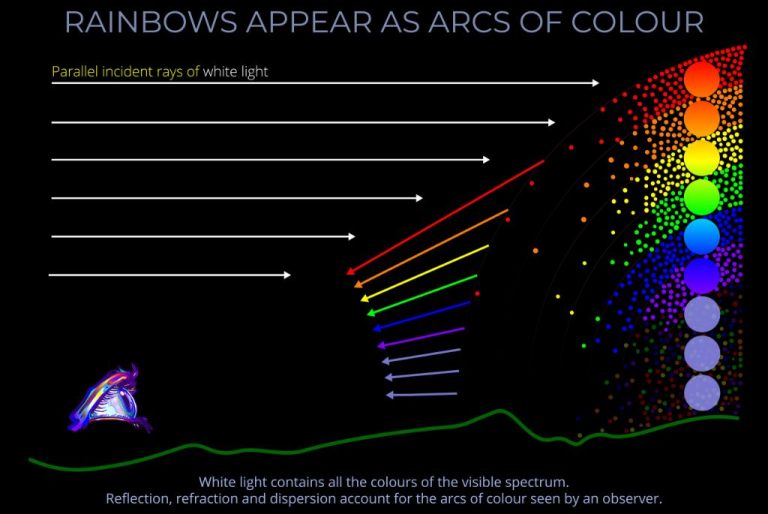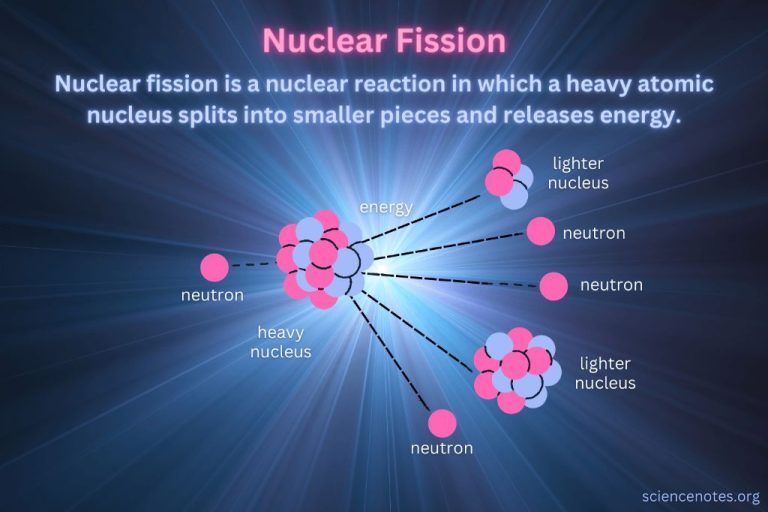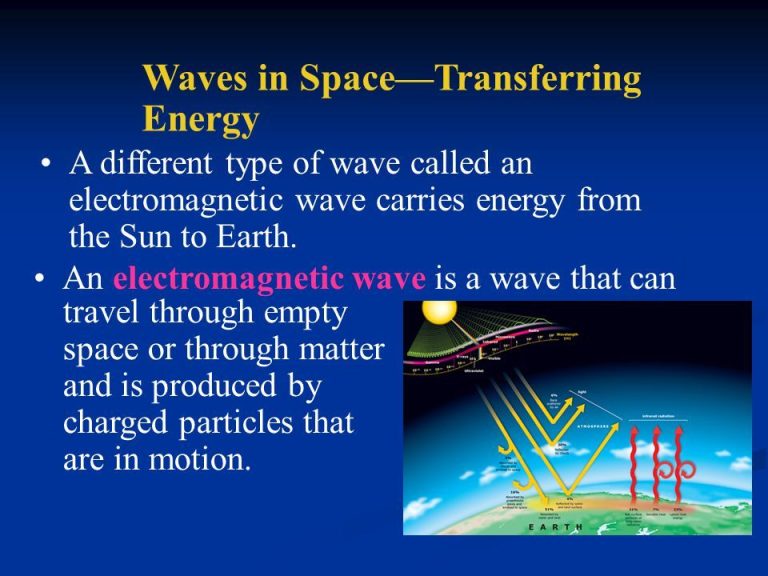Is Renewable Energy Cheaper For The Consumer?
Renewable energy comes from naturally replenishing sources such as sunlight, wind, rain, tides, waves and geothermal heat. It includes resources like solar, wind, hydropower, geothermal, and biomass. Non-renewable energy comes from sources that will eventually dwindle or run out, such as fossil fuels like coal, oil and natural gas.
In recent years, renewable energy has become more cost competitive with conventional sources. Improvements in technology, government incentives, and economies of scale have helped drive down costs. Consumers now have more affordable options for renewable power, leading many households and businesses to make the switch.
However, renewable energy is still not universally cheaper than conventional sources. The cost comparison depends on many factors like project size, resource availability, grid connectivity, and government policies. This article examines if renewable energy is cheaper for the average consumer based on upfront costs, lifetime savings, and overall trends.
Cost Trends
The costs of renewable energy technologies like solar and wind have declined dramatically in the past decade, while fossil fuel costs have remained relatively flat or even increased. According to Lazard’s annual Levelized Cost of Energy report, the unsubsidized levelized cost of utility-scale solar PV declined by 90% between 2009 and 2020. The cost of onshore wind dropped by 71% during the same period.
In contrast, the estimated levelized cost of coal-fired power increased by 9% from 2009 to 2020. Natural gas combined cycle plants, often touted as the cheapest form of traditional generation, increased by 22% over that timeframe. This divergence in cost trajectories between renewables and conventional energy sources is driving a shift toward low-carbon energy products.
Renewables are anticipated to continue along this cost reduction pathway as technology improves and deployment expands. Fossil fuels, on the other hand, are mature technologies with limited cost reduction potential. As renewable generation scales up globally, their dramatically declining prices are disrupting centuries of fossil fuel dominance in electricity markets.
Upfront Costs
The upfront cost of renewable energy systems like solar panels or wind turbines used to be quite high compared to traditional energy sources. Installing solar panels on a home could cost over $20,000 just a decade ago. Large wind turbines might cost hundreds of thousands of dollars to purchase and install. However, the costs for renewable energy infrastructure and equipment have fallen dramatically in recent years.
Today, with incentives and lower equipment prices, installing solar panels averages around $10,000-15,000 for the typical home. Wind turbines have also fallen in price as manufacturing scales up, and smaller models for homes and businesses can be installed for tens of thousands of dollars. Though still an investment, the upfront costs for renewable energy are becoming competitive with the long-term costs of utility grid electricity and fossil fuels.
Compared to building a new gas power plant or extending the electric grid, renewable energy systems can also be cheaper options for providing energy access in developing areas. Small solar and battery systems can be deployed faster and at lower cost than centralized fossil fuel plants and distribution infrastructure.
Operating Costs
One of the biggest advantages of renewable energy for consumers is the low operating costs compared to fossil fuels. Renewable energy sources like solar, wind, and hydropower have minimal ongoing fuel expenses. Once the initial investment in equipment is made, the fuel to generate electricity is free. The sun, wind, and water are naturally replenished, so there are no recurring costs for purchasing fuel.
In contrast, fossil fuels like coal, natural gas, and oil require continual purchases to run power plants and generate electricity. The costs of these fuels can be unpredictable too, fluctuating with global markets and geopolitics. Renewable energy operating costs are stable and predictable for consumers.
Renewable energy systems also have lower maintenance costs than fossil fuel power plants. Their technology is simpler, with fewer mechanical parts and no combustion or complex fuel supply chains. Overall, renewable sources save consumers money over decades of operation versus conventional energy.
Government Incentives
Many governments offer incentives to consumers to adopt renewable energy like solar and wind power. These incentives come in the form of subsidies, tax breaks, and rebates.
Subsidies directly reduce the upfront cost of installing renewable energy systems. For example, some states offer rebates that cover 20-30% of the total cost of installing residential solar panels. The federal government also offers a tax credit that covers 26% of solar installation costs through 2032.
Some utilities are mandated to produce a certain percentage of their electricity from renewable sources. To meet these renewable portfolio standards (RPS), utilities will buy renewable energy credits (RECs) from homeowners. RECs provide ongoing income to the consumer.
Property and sales tax exemptions are another tool used to promote renewable energy. Many local governments don’t charge property tax on the value added by solar panels. Some states also exempt solar equipment from sales tax.
These financial incentives lower the cost for consumers to go solar or install small wind turbines. They make the return on investment more attractive.
Grid Parity
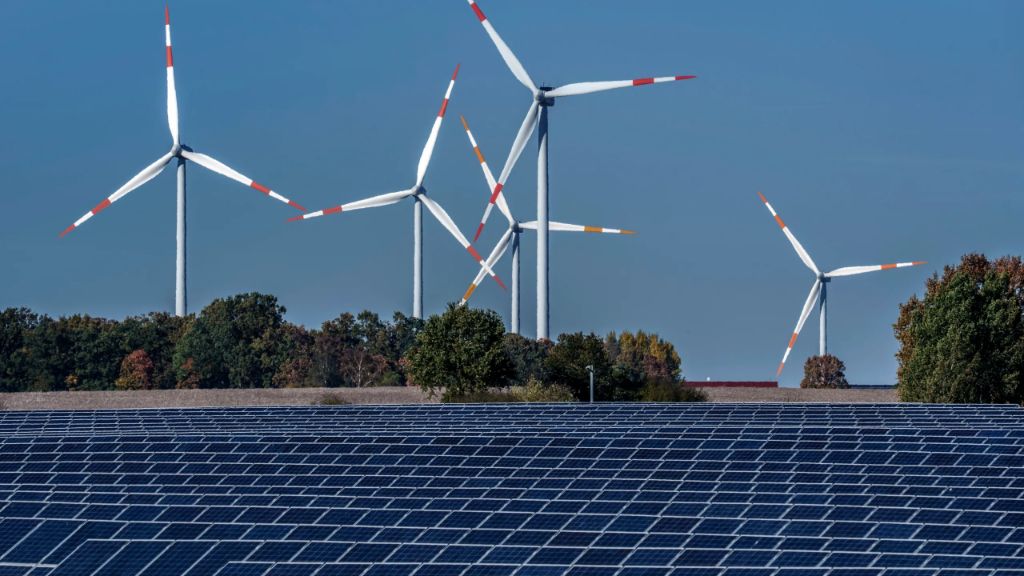
Grid parity refers to the point at which an energy source is able to generate electricity at a cost that is equal to or cheaper than the price of purchasing power from the electricity grid. Renewable energy sources like solar and wind have been rapidly declining in cost due to technology improvements, economies of scale, and market forces. In many areas around the world, renewables have already reached grid parity.
For example, utility-scale solar and wind projects are now cost competitive with fossil fuels like coal and natural gas in a number of regions globally. The levelized cost of energy (LCOE) for solar photovoltaics and onshore wind has dropped dramatically over the last decade, making renewables the cheapest source of new electricity generation in countries like the U.S., India, parts of Europe, Australia and more. As technology continues to advance and scale grows, grid parity will be achieved in more locations.
At the consumer level, rooftop solar has also reached grid parity in a number of markets as system costs have declined. With supportive policies like net metering, consumers can often reduce their electricity bills by generating their own renewable power. Achieving grid parity is a major milestone that demonstrates renewables can compete directly with conventional energy sources on pure economics. As grid parity expands globally, it will further accelerate the transition toward sustainable energy.
Levelized Cost
One way to compare the cost of renewable energy versus conventional sources is to look at the levelized cost of energy (LCOE). This calculates the total lifetime cost of an energy generating asset divided by the total energy output over its lifetime. It accounts for the upfront capital costs, financing costs, fixed and variable operating and maintenance costs, cost of fuel, utilization rate, and more. It allows an “apples to apples” cost comparison between different energy sources.
Based on LCOE analysis, renewable energy sources like solar and wind are now frequently as cheap as or cheaper than fossil fuel power plants. The main driver has been the steep cost declines for solar panels and wind turbines over the past decade. Meanwhile coal and natural gas plants require ongoing expenditures for fuel. With renewable energy, fuel is free.
According to Lazard’s annual LCOE analysis, the unsubsidized LCOE for utility-scale solar photovoltaics is $26-44 per MWh, cheaper than natural gas combined cycle plants at $44-68 per MWh. Onshore wind is $26-54 per MWh, highly competitive as well. Adding storage does increase costs but certain technologies like lithium-ion batteries have also seen dramatic price declines recently. Renewables combined with storage can still compete with conventional power on a cost basis.
Consumer Savings
Renewable energy like solar and wind can provide significant savings for homeowners over the long term. While the upfront installation costs can be high, once the system is up and running it provides free electricity. This helps homeowners save money each month on their utility bills.
For example, the average home solar system can save 10-30% on electricity costs each year. So if a homeowner is paying $150 per month for electricity from the grid, with solar they may only have a bill of $100-120 per month. The more sunlight and solar capacity, the greater the savings. It’s estimated that solar customers can save over $10,000 in the first 10 years.
Similarly, switching to wind energy with small turbines can cut electricity expenses by 50-90% per year for homeowners. While the turbine system has upfront costs, it pays for itself over time. Studies show homeowners with wind power save hundreds per year compared to conventional utility costs.
In addition to the monthly savings on bills, renewable energy increases a home’s property value and provides a hedge against rising energy costs. As electricity prices move higher over the years, savings become even greater for consumers with their own solar or wind systems.
Future Outlook
The projected future costs of renewable energy look very promising compared to fossil fuels. As technology improves and renewable energy production scales up, costs are expected to continue falling. Solar panel costs have dropped nearly 90% in the last decade and are predicted to fall another 40% by 2030. Wind turbine costs have fallen 50% over the last decade. Improvements in energy storage technology and capacity will also make renewables more cost-competitive.
Many experts predict that within 5-10 years, renewables will become the cheapest form of new electricity generation nearly everywhere. Fossil fuel prices, on the other hand, are subject to market volatility and geopolitical factors, which makes future costs uncertain. Barring major policy or technological changes, it seems clear that renewable energy will become unambiguously cheaper than fossil fuels for most consumers in the years ahead.
Conclusion
In conclusion, the evidence shows that renewable energy can be cheaper for consumers in many situations. The main factors that impact cost savings are upfront system costs, electricity rates and costs over time, and the availability of government incentives. Although renewable systems like solar and wind often have higher upfront costs, their minimal operating costs and zero fuel costs make them cost competitive over the lifetime of the system. Government incentives can also help offset initial costs. As renewable energy continues to scale up and technology improves, costs are projected to decline further. At the point of grid parity, renewable energy will be equal or less than grid electricity. Many regions have already reached grid parity, with more expected in the coming years. Overall, renewable energy is increasingly becoming a money-saver for many consumers while also providing energy independence and environmental benefits.

